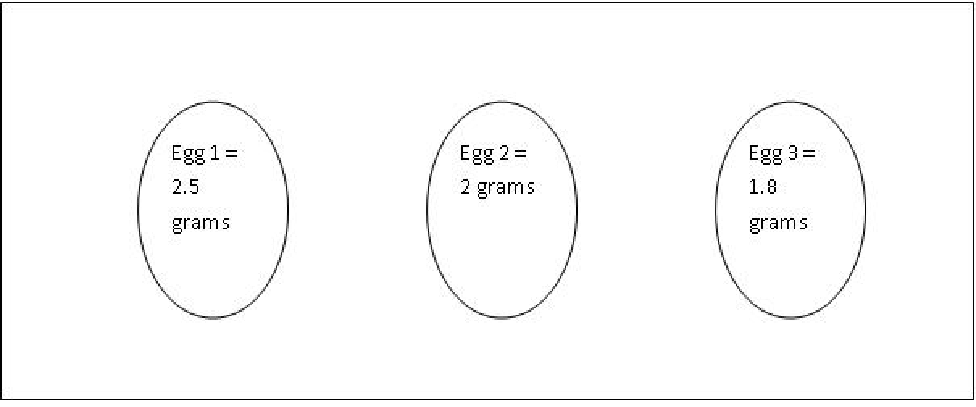A map unit or centimorgan is equal to a 10% recombination frequency
Indicate whether the statement is true or false
FALSE
You might also like to view...
When compared to the solution, the egg that gained weight was ______.
Three (3) eggs are boiled and all weigh 2g. The eggs are placed in a 15% solution of NaCl and reweighed after 30 minutes.

A. Hypertonic
B. Hypotonic
C. Isotonic
Clarify Question
· What is the key concept addressed by the question?
· What type of thinking is required?
Gather Content
· What do you know about osmosis? What other information is related to the question?
Choose Answer
· Given what you now know, what information and/or problem solving approach is most likely to produce the correct answer?
Reflect on Process
· Did your problem-solving process lead you to the correct answer? If not, where did the process break down or lead you astray? How can you revise your approach to produce a more desirable result?
Capillary action is one of the forces that aids water's upward movement in plants. The narrower the diameter of the tube, the farther the water column will rise. Capillary action is a result of water molecules:
A. producing sufficient surface tension to overcome the pull of gravity. B. having a strong cohesive force and attaching to the surrounding vessel walls. C. storing heat and thus moving faster because of heat of vaporization. D. having an adhesive force, which allows them to attach to the vessel walls. E. being associated with hydrophobic molecules, which can result in upward movement.
What adaptation arose in plants that allowed the uptake of gases without drying out on land?
A. production of a cuticle B. development of stomata C. production of pollen D. development of vascular tissue E. production of lignin
What is/are the important biological function(s) of polysaccharides?
a. energy storage b. structural support c. enzymatic activity d. information storage A. A and B B. B and C C. B and D D. A, B and C E. A, B and D